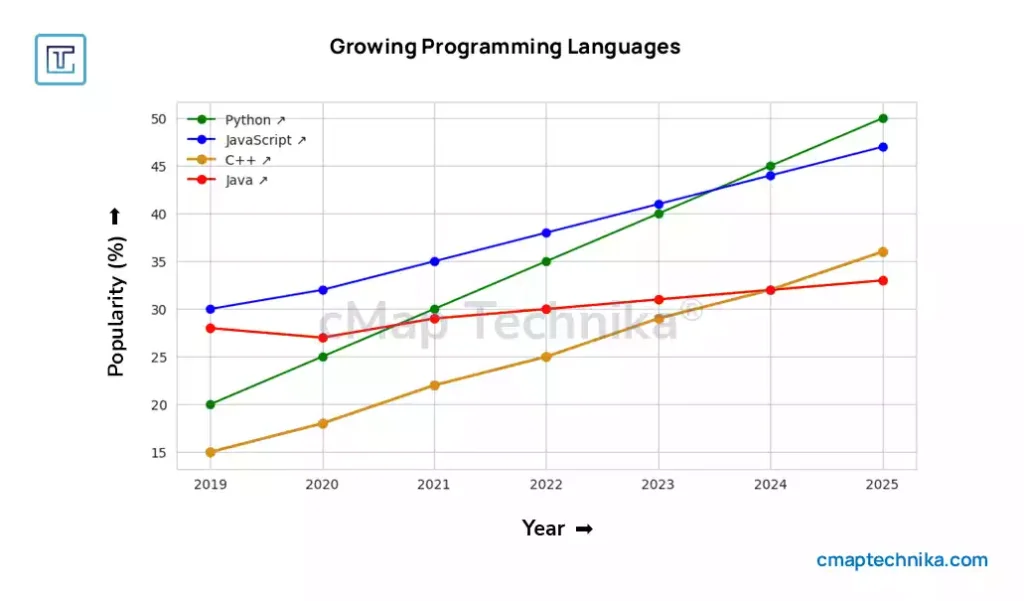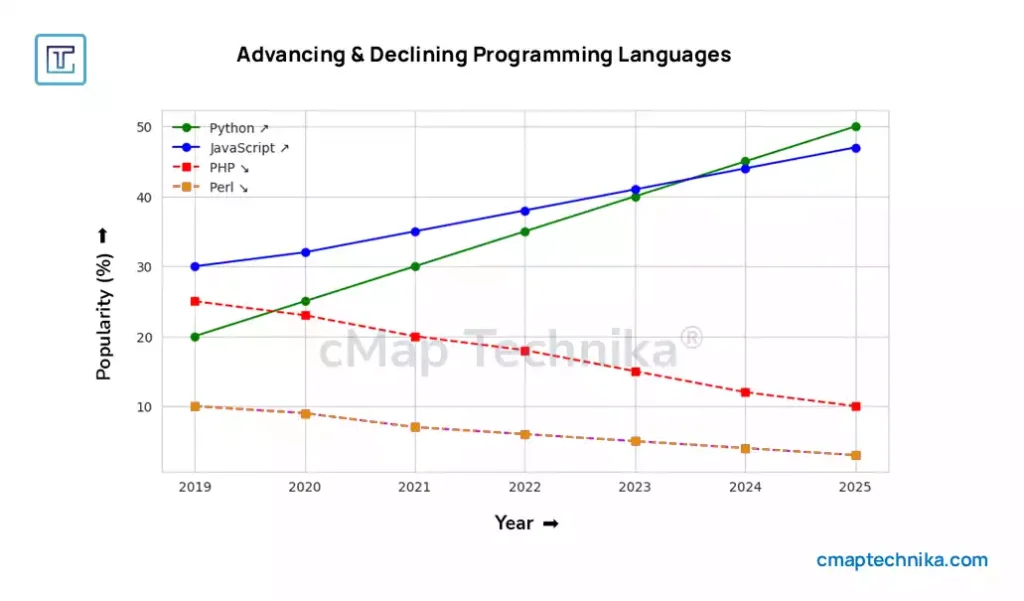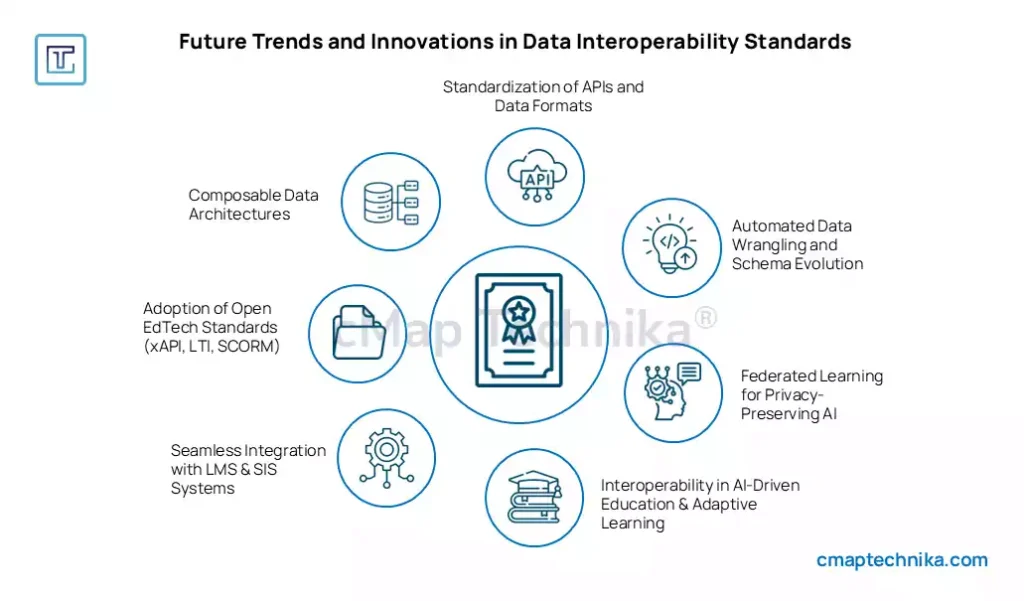The digital transformation of education is accelerating, with AI-driven personalized learning, immersive AR/VR experiences, and IoT-enabled smart classrooms redefining how students engage with content. However, the backbone of these innovations isn’t just cutting-edge software—it’s the data infrastructure that powers them. Scalability, flexibility, interoperability, and security are no longer optional; they are essential for delivering seamless, data-driven learning experiences.
But how can EdTech platforms keep pace with rapid innovation while remaining cost-effective, sustainable, and compliant with evolving regulations? The challenge lies in architecting a future-proof infrastructure that can handle massive data volumes, enable real-time analytics, and integrate seamlessly with existing educational ecosystems.
This guide provides a strategic roadmap for building a resilient, future-ready EdTech data infrastructure. From cloud-native architectures and AI-powered analytics to edge computing and blockchain-based credentialing, we’ll explore the key technologies, best practices, and architectural strategies that will define the next generation of digital learning.
The Growing Complexity of EdTech Data
Modern EdTech platforms generate immense volumes of data—student interactions, assessment results, engagement metrics, and multimedia content. However, the challenge lies not just in storage but in structuring, integrating, and securing this data to unlock actionable insights.
A robust, future-proof infrastructure must meet several critical requirements:
- Scalability – As user numbers grow, platforms must efficiently handle surging data loads without performance lags. Cloud-native architectures ensure seamless expansion and cost efficiency.
- Interoperability – Effective EdTech ecosystems eliminate data silos by integrating with Learning Management Systems (LMS), Student Information Systems (SIS), and third-party applications for a unified data flow.
- Real-Time Processing – Instant feedback loops, adaptive learning models, and AI-driven recommendations rely on real-time data analysis and automation.
- Security & Compliance – Adhering to FERPA, GDPR, and COPPA ensures data privacy, regulatory compliance, and trust in educational platforms.
Neglecting these factors leads to fragmented data ecosystems, inefficiencies, and security vulnerabilities. A scalable, intelligent infrastructure isn’t just a technical upgrade—it’s a strategic necessity for the future of EdTech.
Building Blocks of a Future-Ready EdTech Data Infrastructure
1. Cloud-Native Data Architecture: Scaling Without Constraints
Cloud infrastructure has become the foundation of modern EdTech, enabling platforms to scale efficiently while maintaining agility and performance. A well-architected cloud-native system incorporates:
- Microservices – Modular architectures decouple application components, allowing independent scaling and seamless updates.
- Containers – Technologies like Docker and Kubernetes enhance portability, optimize resource utilization, and simplify deployment.
- APIs – Standardized API integrations streamline data exchange between Learning Management Systems (LMS) and third-party services.
- Asynchronous Messaging – Event-driven messaging architectures enable real-time collaboration in virtual classrooms and adaptive learning platforms.
- Orchestration Tools – Kubernetes automates deployment, scaling, and management of containerized applications.
- CI/CD Pipelines – Automated Continuous Integration & Continuous Delivery (CI/CD) ensures rapid, reliable feature deployment and minimizes downtime.
Choosing the Right Programming Language for Scalable EdTech Development
Developers rely on scalable, AI-driven programming languages to build cloud-native EdTech platforms:
- Python – Ideal for AI and data processing, powering recommendation engines and adaptive learning models.
- JavaScript – Essential for interactive, web-based learning applications and front-end development.
- Java – A preferred choice for enterprise-grade LMS platforms due to its stability and scalability.
- Go – Gaining traction in cloud-native development for its high performance and concurrency support.

A well-architected cloud-native infrastructure empowers EdTech platforms to scale effortlessly, integrate diverse tools, and deliver seamless learning experiences across global user bases.
AI & Machine Learning Infrastructure for Personalized Learning
AI-powered learning platforms are revolutionizing education by adapting content and experiences to individual student needs. To achieve this level of personalization, EdTech companies require a robust AI and machine learning (ML) infrastructure that efficiently processes large datasets while ensuring privacy and compliance.
Key components of a strong AI infrastructure include:
- Automated Data Pipelines – Tools like Apache Airflow and AWS Glue streamline data ingestion, preprocessing, and transformation, ensuring that AI models receive high-quality inputs. Without these pipelines, adaptive learning responses can suffer from delays, negatively impacting the student experience.
- MLOps for Continuous Learning – Platforms such as Google Vertex AI and Azure Machine Learning automate model deployment, monitoring, and retraining. By continuously refining AI models based on real-time student interactions, these systems keep recommendations relevant and effective.
- Federated Learning for Data Privacy – Instead of centralizing all student data, federated learning allows AI models to be trained on decentralized devices. This maintains privacy compliance (FERPA, GDPR, COPPA) while still enabling personalized learning experiences.
Programming languages play a crucial role in the efficiency of AI-driven EdTech solutions:

- Python – The dominant language for AI, offering robust libraries like TensorFlow, PyTorch, and Scikit-learn for deep learning and recommendation engines.
- R – Ideal for statistical modeling, especially in research-driven EdTech applications analyzing student performance trends.
- Julia – An emerging language for high-performance numerical computing, well-suited for AI models requiring real-time analysis.
With a well-structured AI ecosystem and advanced machine learning techniques, EdTech companies can develop scalable, intelligent, and cost-efficient learning platforms that enhance student engagement and drive better learning outcomes.
Edge Computing: Enhancing Real-Time Learning Experiences
In virtual and interactive learning environments, latency can be a significant barrier, causing disruptions in student engagement and real-time collaboration. Edge computing mitigates these challenges by processing data closer to users, reducing reliance on centralized cloud infrastructure. This ensures low-latency, high-speed interactions crucial for modern EdTech platforms.
Key applications of edge computing in education include:
- Powering AR/VR Classrooms – Augmented and virtual reality-based learning requires instantaneous data processing to create immersive, interactive experiences. With edge computing, students can explore 3D simulations and virtual labs without lag, enhancing engagement and comprehension.
- IoT in Smart Classrooms – Real-time tracking of student behavior, participation, and engagement is possible through IoT-enabled smart sensors, wearables, and connected devices. These insights help educators implement adaptive learning strategies based on real-time student responses.
- Offline Learning Capabilities – In regions with limited internet access, edge caching technology allows students to access preloaded educational content without connectivity disruptions. This ensures seamless learning, even in low-bandwidth environments.
By integrating edge computing, EdTech platforms can deliver high-performance, real-time learning experiences, ensuring accessibility and engagement across diverse learning environments.
Data Governance & Compliance: Ensuring Trust and Security
With the growing reliance on student data, EdTech platforms must prioritize security, compliance, and data privacy to maintain stakeholder trust. A robust data governance framework not only protects sensitive information but also ensures adherence to global regulations such as FERPA, GDPR, and COPPA.
Key strategies for strengthening data governance in EdTech include:
- Advanced Encryption & Access Control – Implementing role-based Identity and Access Management (IAM) restricts unauthorized access, ensuring that only approved personnel can handle student records. End-to-end encryption further safeguards data in transit and at rest.
- Data Anonymization & Masking – Techniques like differential privacy and tokenization allow EdTech platforms to extract valuable insights from student data while preventing exposure of personal information. This balance between privacy and analytics is critical for ethical AI-driven learning.
- Blockchain for Digital Credentials – Decentralized, tamper-proof blockchain technology enhances the security of academic records, allowing institutions to issue verifiable digital certificates and transcripts that employers and universities can trust.
Without strong data governance, EdTech providers risk legal consequences, reputational damage, and user distrust. By adopting proactive security measures, platforms can ensure long-term compliance, resilience, and sustainable growth in the evolving education landscape.
Future-Proofing with Interoperability & Open Standards

As EdTech platforms evolve, interoperability is essential for seamless integration, scalability, and long-term adaptability. A future-proof data infrastructure enables platforms to integrate with existing systems while remaining agile for future innovations.
Key approaches to achieving interoperability include:
- Seamless Integration with LMS & SIS Systems – APIs and middleware solutions enable smooth data exchange between Learning Management Systems (LMS), Student Information Systems (SIS), and third-party applications, reducing inefficiencies and data silos.
- Adopting Open EdTech Standards – Industry standards such as xAPI, Learning Tools Interoperability (LTI), and SCORM enhance platform compatibility, ensuring content and data can be shared across different ecosystems.
- Embracing Composable Data Architectures – Modular, plug-and-play frameworks allow EdTech platforms to incrementally adopt new technologies, reducing the risk of costly overhauls and enhancing system longevity.
By prioritizing interoperability and open standards, EdTech providers can create flexible, cost-effective platforms that adapt to the changing needs of educators, institutions, and learners.
The Road Ahead: Preparing for the Next Wave of EdTech Innovations
As technology continues to evolve, EdTech firms must stay ahead by investing in forward-thinking data infrastructures. The next generation of learning experiences will be defined by innovations that enhance engagement, accessibility, and personalization.
Key trends shaping the future of EdTech include:
- AI-Powered Learning Assistants – Intelligent virtual tutors will provide real-time, personalized guidance, adapting to individual student progress and learning styles.
- Decentralized Learning Ecosystems – Blockchain-based credentials and peer-to-peer knowledge-sharing networks will empower global learners with verifiable, secure educational records.
- 5G-Enabled Smart Classrooms – High-speed, low-latency connectivity will support seamless AR/VR integration, immersive simulations, and real-time collaboration.
To harness these advancements and scale sustainably, EdTech providers must prioritize intelligent, secure, and interoperable data ecosystems. A robust infrastructure will not only future-proof platforms but also empower educators and learners in an increasingly digital-first world.
Conclusion: Future-Proofing EdTech with Scalable Data Solutions
A resilient EdTech data infrastructure is not just about storing information—it serves as the backbone of digital transformation in modern education. By leveraging cloud scalability, AI-driven analytics, real-time processing, and robust security frameworks, EdTech providers can build dynamic and adaptive learning ecosystems that evolve with the needs of students and educators.
As education continues to shift towards personalized, data-driven experiences, the demand for scalable, interoperable, and secure solutions will only intensify. Institutions and EdTech innovators who invest in future-proof infrastructure today will be at the forefront of next-generation learning.The question isn’t whether education will continue to evolve—it’s whether your platform is equipped to grow with it.






